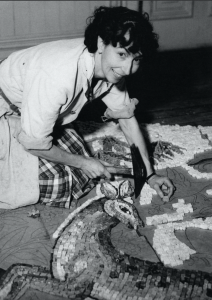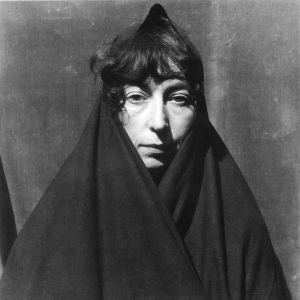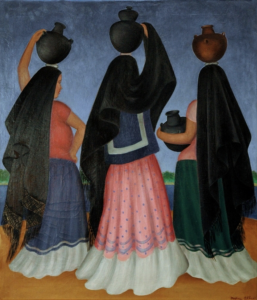

Biography
Born in a small town in Iowa, Maxine Albro grew up in Los Angeles, where her father sold pianos. At 17, she moved to San Francisco and worked as a commercial artist before enrolling at the California School of Fine Arts from 1923-1925. She continued her art education at the Art Students League in New York in 1926, where she learned lithography. The following year she attended the Ecole de la Grand Chaumière in Paris. Following this formal training, she traveled to Mexico to see Diego Rivera and learned fresco technique from Rivera's assistant Paul O'Higgins. Returning to San Francisco, she exhibited her paintings and began to receive mural commissions, including a major one for the Coit Tower.Albro married Parker Hall, an artist who had also worked on the Coit Tower murals. Hall was primarily a wood carver and sculptor, and the couple travelled extensively throughout their marriage, particularly to Mexico. The influence of Mexico, in general, and Rivera, in particular, permeates much of Albro's work.


Critical Analysis
Albro's Coit Tower mural "California Agriculture" bursts with energy and color, forming a dramatic contrast with the social realist style of other artists in the building. Her other work was dominated by Mexican themes, often featuring indigenous people. She was very adaptable, learning lithography as a student, mastering fresco on her first visit to Mexico, and taking up mosaics in the course of a federally-funded project. She was a daring artist for her time and place. Her mural for the Ebbell Women's Club in Los Angeles was ultimately destroyed for its inclusion of nude Roman sybils.Murals
- San Francisco, California - Coit Tower: California
References
- Maxine (Hall) Albro (ask ART).
- Maxine Albro (Wikipedia).
- Maxine Albro (1903-1966) (Sullivan Goss).
- Oral history interview with Maxine Albro and Parker Hall, 1964 July 27 (Archives of American Art).